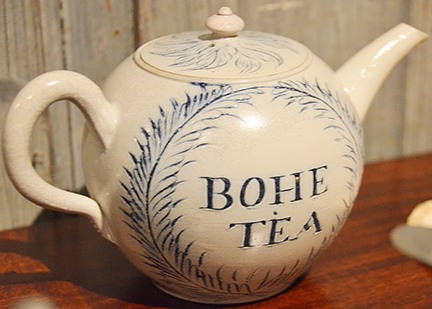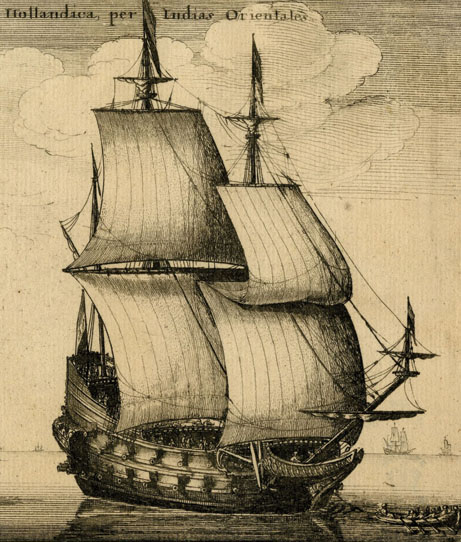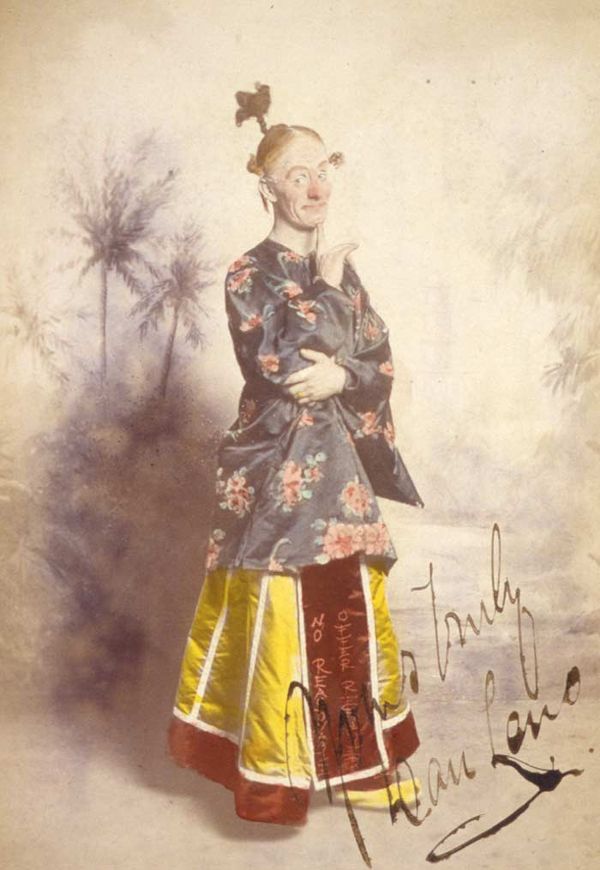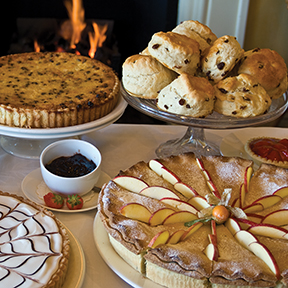Not all tea was of equal quality during the 1700s. Two sometimes distasteful Chinese teas commonly found in London and Boston were Bohea (black) and Twankey (green).
Both would likely be passed over by today’s savvy tea buyers.
One reason for the appearance of these poor teas was that the demand for tea—any tea—to be exported from Canton to London was so great. And the western palate was not yet trained to know how “good” tea was supposed to taste. Besides, if you add enough milk and sugar, anything will taste better.
I was reminded of the day I spent in the Guwahati Tea Auction in Assam. I watched a buyer for one of the world’s largest tea companies buy 40% of the tea which came up for bidding. Afterwards, I asked him what his criteria were that day.
“For me, it’s always the same,” he replied. “The highest quantity at the lowest price.”
Now you know why 100 supermarket tea bags can be purchased for $1.75.
The buyers for the East India Company often had the same mandate: buy as much tea as possible at the lowest price. Chinese merchants were constantly urging their growers to quickly ramp up production to supply an unending Western thirst for their daily beverage.





